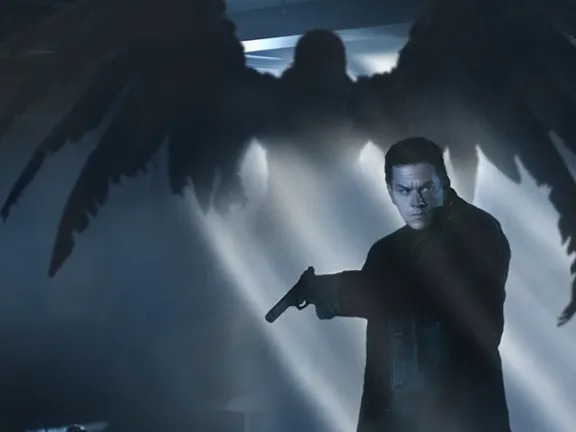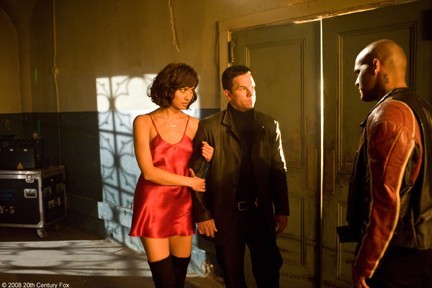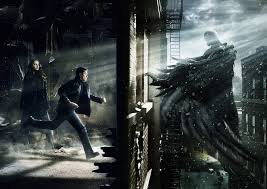Max Payne (2008)

Max Payne is a gritty and atmospheric action film that brings the iconic video game character to life on the big screen. Released in 2008 and directed by John Moore, the film stars Mark Wahlberg in the titular role, alongside Mila Kunis, Beau Bridges, and Chris O’Dowd. Known for its dark aesthetic and intense action sequences, Max Payne blends elements of neo-noir and psychological thriller, exploring themes of revenge, loss, and the consequences of violence.
The narrative follows Max Payne, a former NYPD detective haunted by the brutal murder of his wife and daughter. As he delves deeper into the underworld to seek justice, he becomes embroiled in a conspiracy that involves a powerful drug known as Valkyr, which is linked to a series of murders. The film’s storyline is steeped in a sense of despair and vengeance, reflecting Max’s internal struggle as he battles both external enemies and his own demons.

One of the film’s strengths lies in its visual style, which captures the dark and moody atmosphere reminiscent of the video game. The cinematography employs a palette of shadowy hues and stark contrasts, effectively conveying the bleakness of Max’s world. The use of slow-motion effects during action sequences adds to the film’s dramatic flair, echoing the stylized violence that fans of the game have come to appreciate.

Mark Wahlberg delivers a compelling performance as Max Payne, portraying the character’s brooding nature and emotional turmoil with depth. His portrayal captures the essence of a tortured soul seeking redemption, drawing audiences into his quest for justice. Mila Kunis adds intrigue to the film as Mona Sax, a mysterious femme fatale who becomes entangled in Max’s journey. Their chemistry adds a layer of complexity to the narrative, intertwining themes of love and betrayal.

The film’s pacing is deliberate, balancing action sequences with moments of introspection. While the film features several intense shootouts and fight scenes, it also takes the time to explore Max’s psyche and the impact of his tragic past. This character-driven approach enhances the emotional weight of the story, allowing viewers to connect with Max’s motivations and struggles.

Despite its strengths, Max Payne received mixed reviews from critics upon its release. Some praised its visual style and action sequences, while others felt that the plot was convoluted and did not fully capture the depth of the source material. Nonetheless, the film has garnered a following among fans of action and video game adaptations, appreciated for its aesthetic and the performance of its lead.
The film’s soundtrack also contributes to its atmospheric tone, featuring a mix of haunting melodies and pulsing rhythms that enhance the emotional and dramatic moments. The music complements the visual storytelling, drawing viewers further into Max’s dark world and heightening the tension during key scenes.
In conclusion, Max Payne is a visually striking action film that explores themes of revenge, loss, and the psychological toll of violence. Through the journey of Max Payne, the film delves into the complexities of a character driven by grief and the quest for justice. With its strong performances, particularly by Mark Wahlberg, and a stylish aesthetic that pays homage to the original video game, Max Payne stands as a notable entry in the genre of video game adaptations. While it may not have fully satisfied all critics, its blend of action and emotional depth continues to resonate with audiences, making it a noteworthy exploration of a troubled hero’s struggle for redemption.











